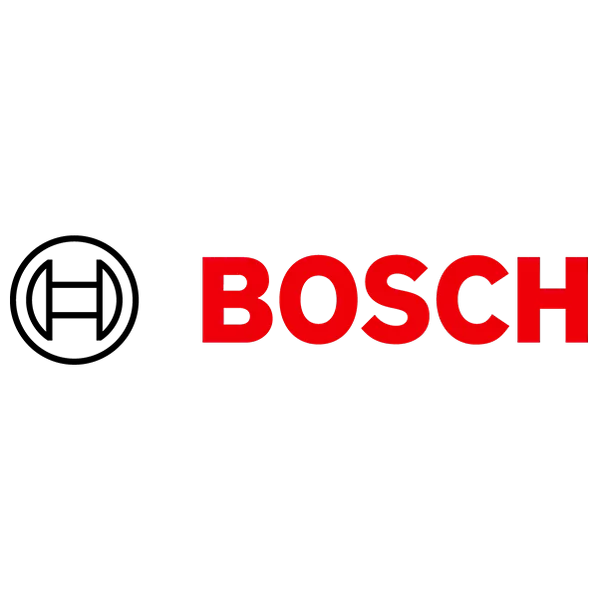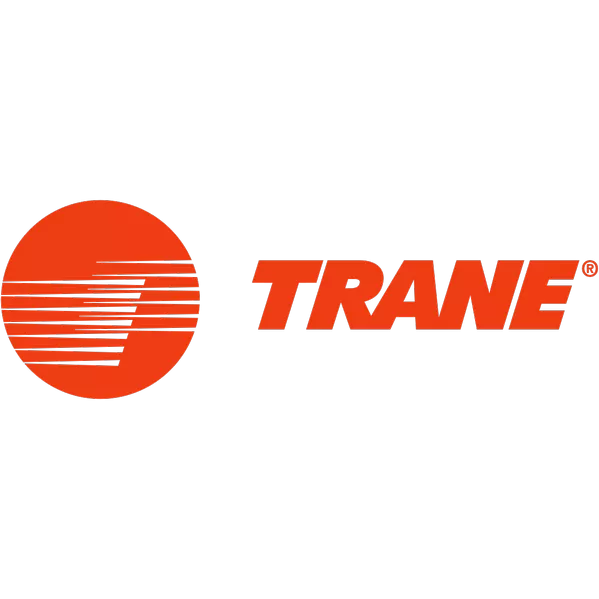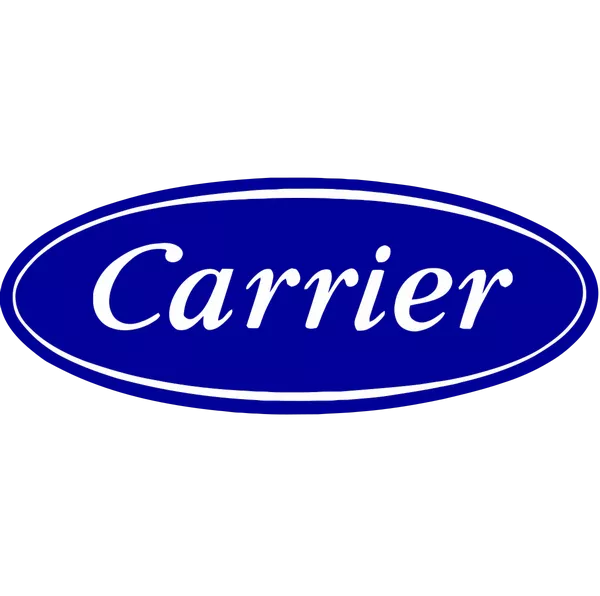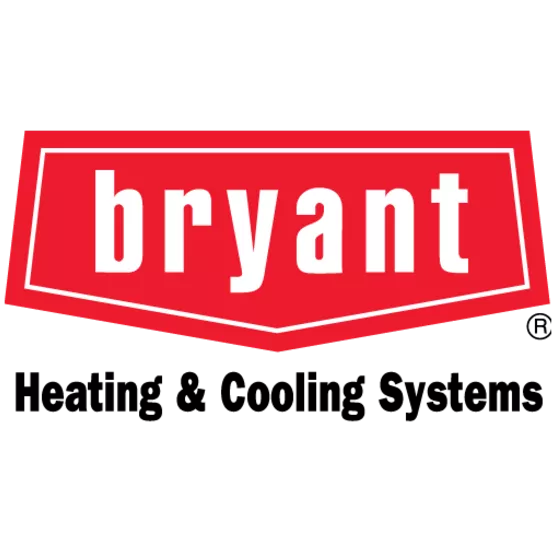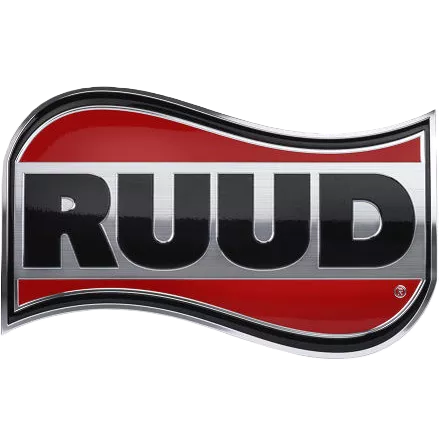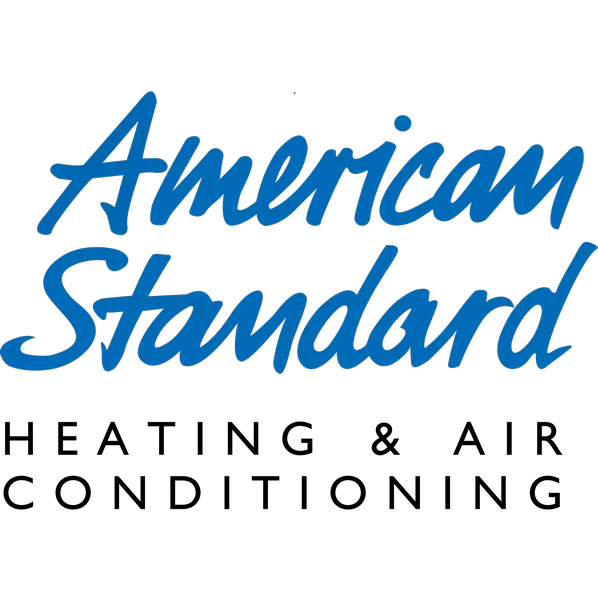Trane: The premium stack here is chosen for how it behaves as one ducted system that you can commission the same way in a 2- to 4-ton home: XV20i variable-speed central AC, S9V2-VS variable-speed gas furnace, and XV20i variable-speed heat pump. The design language prioritizes stable low-speed operation, tidy airflow through imperfect ducts, and a commissioning playbook contractors can repeat without guesswork. Everything below looks at how this trio performs when it is installed as a communicating matched set, not as three unrelated boxes.
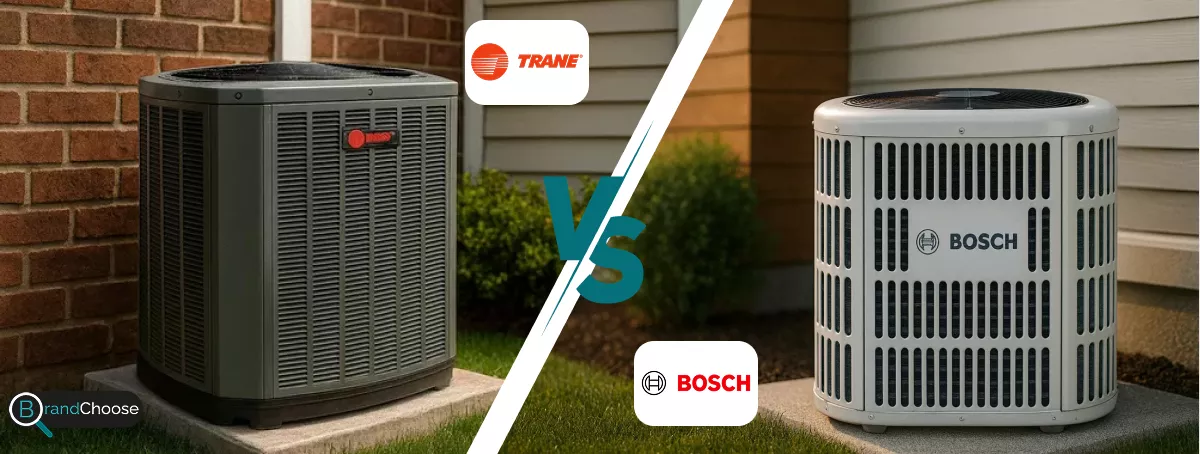
Bosch: This portfolio arrives from an inverter heritage and splits along two clear paths for homes: high-efficiency ductless cooling and heating with the Climate 5000 mini-split family, and dependable gas heat from the BGH96 96% AFUE furnace. For parity with our single-brand picks, we will evaluate a Climate 5000 multi-zone configuration as the cooling and heat-pump representative and the BGH96 as the gas-heat option. The focus is how these choices land in real houses – some fully ducted, some better served by room-by-room heads – and what that means for comfort, controls, and ownership.
Product Selection
| Primary Use Case | Trane | Bosch | ||
| Air Conditioner | XV20i | 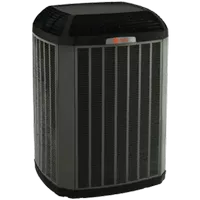 |
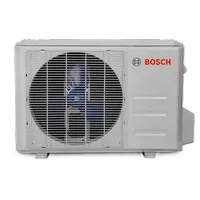 |
Climate 5000 |
| Gas Furnace | S9V2-VS | 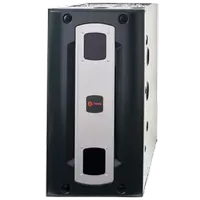 |
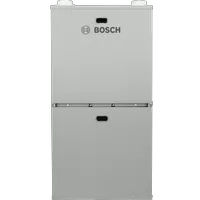 |
BGH96 |
| Heat Pump | XV20i | 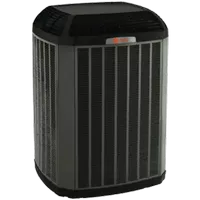 |
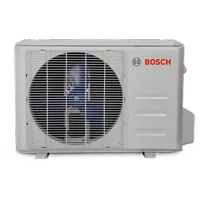 |
Climate 5000 |
🟦 Trane: Tiering is straightforward for both pros and shoppers: XV at the top for variable-capacity, then XL/XR for step-downs. The value is in the pairing tables – multiple approved coils and air handlers let installers hit target airflow even when return plenums are tight or trunks are undersized. With XV20i + S9V2-VS + XV20i HP, modulation scales cleanly from 2 to 4 tons, and the communicating control preserves staging, humidity strategies, and dual-fuel logic as you change capacity. For a buyer, it feels like a single ladder you can climb without decoding near-duplicate models.
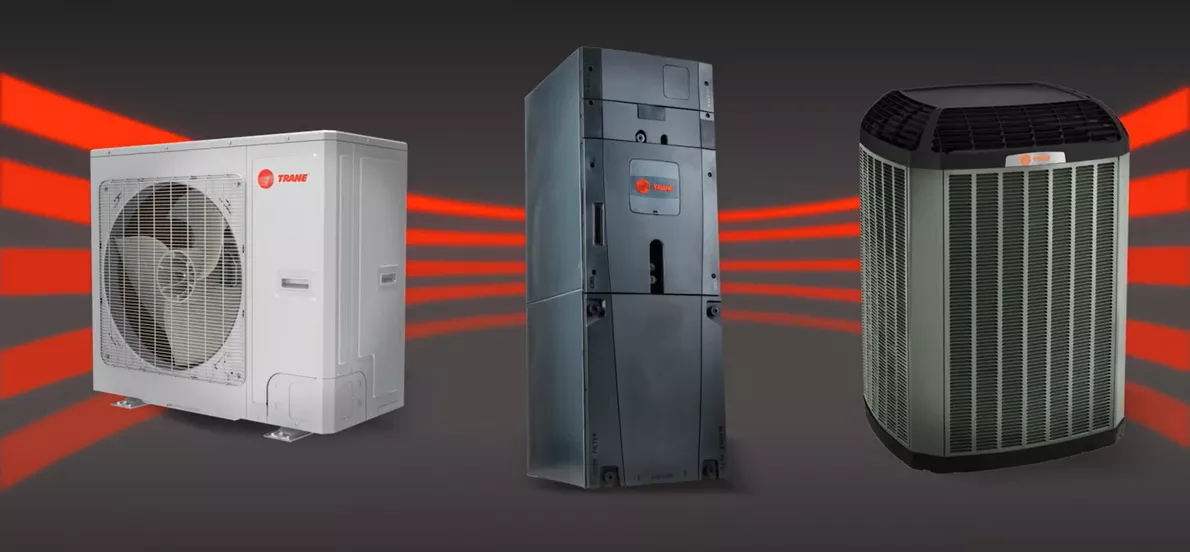
🟪 Bosch: The lineup offers an inverter-first route with Climate 5000 mini-splits and a gas-heat anchor in BGH96. On homes that already have ducts in good shape, Bosch’s ducted heat pump families may be considered, but our single pick here emphasizes the brand’s strength in room-by-room comfort: indoor heads sized to the load, outdoor unit matched to the zones, and a furnace option for houses that keep gas heat. That split personality is a feature, not a bug – new additions, sunrooms, attic conversions, and uneven upstairs spaces can be solved surgically, while the furnace keeps the main floor predictable in deep cold.
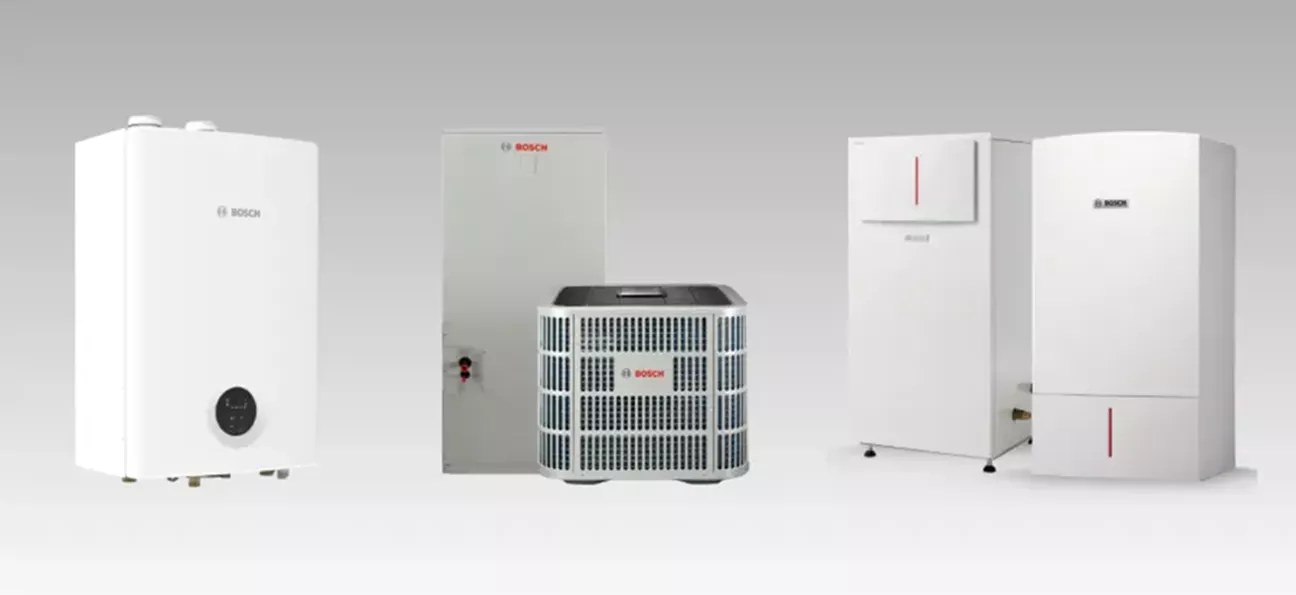
✅ Verdict: Trane is the coherent ducted ecosystem for whole-home replacements; Bosch is the flexible toolkit that excels when parts of the house need targeted solutions.
Customer Support & Warranty
🟦 Trane: Registration brings 10-year parts at the flagship tier and robust exchanger terms on the furnace. What owners feel is the process uniformity: distributors typically stock the common boards, ECM motors, and sensors, and the communicating thermostat keeps equipment IDs and fault history intact after swaps. In peak season, that often means one visit, one part, done – provided the original control stays in the loop.
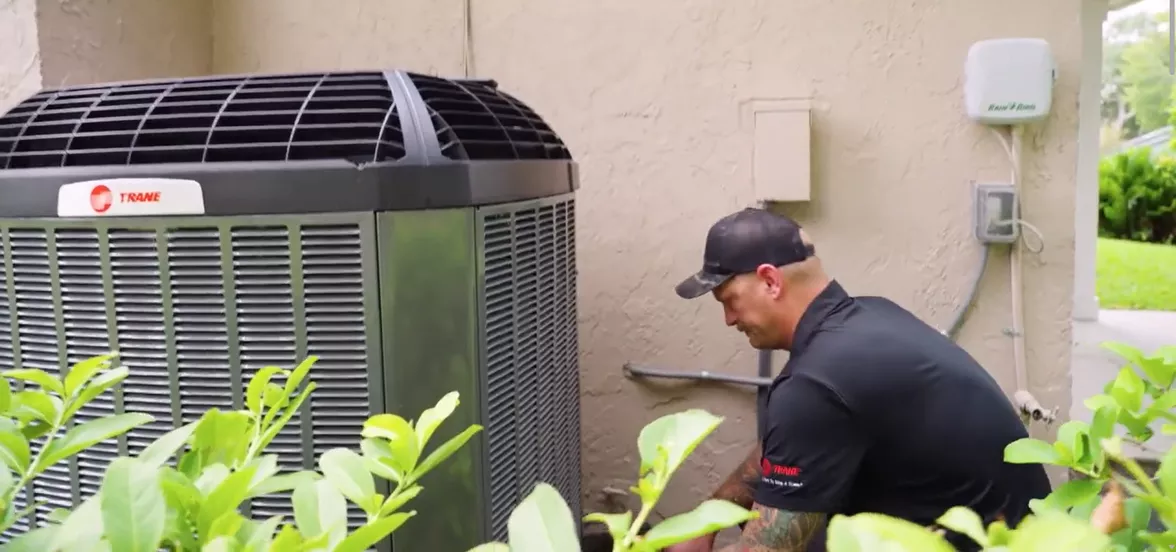
🟪 Bosch: Registration likewise delivers 10-year parts on residential equipment with solid heat-exchanger coverage for BGH96. Support experiences can vary by region and by whether you’re dealing with a ductless installer or a furnace contractor, but documentation on approved head-to-outdoor matchups and service procedures is clear. Where the dealer network is mature, mini-split boards, sensors, and remotes are on the shelf; in emerging markets, lead times depend more on local stocking than on the platform itself.

✅ Verdict: Trane feels more consistent coast-to-coast for ducted systems; Bosch is smooth where the mini-split dealer base is dense and the local distributor carries the common boards and sensors.
Energy Efficiency
🟦 Trane: Both XV20i units live in the premium SEER2 tier (SEER2 is the current seasonal cooling-efficiency test), the S9V2-VS runs in the high-90s AFUE band (AFUE is gas furnace fuel-to-heat efficiency), and savings are harvested at partial load: an inverter compressor and variable-speed ECM blower (ECM is an electronically commutated motor that modulates speed precisely) favor long, low-power cycles. With sealed ducts and charge confirmed by superheat and subcool checks (temperature readings that verify refrigerant is boiling and condensing where it should), double-digit bill cuts versus 12–14 SEER legacy systems are ordinary, not exceptional.
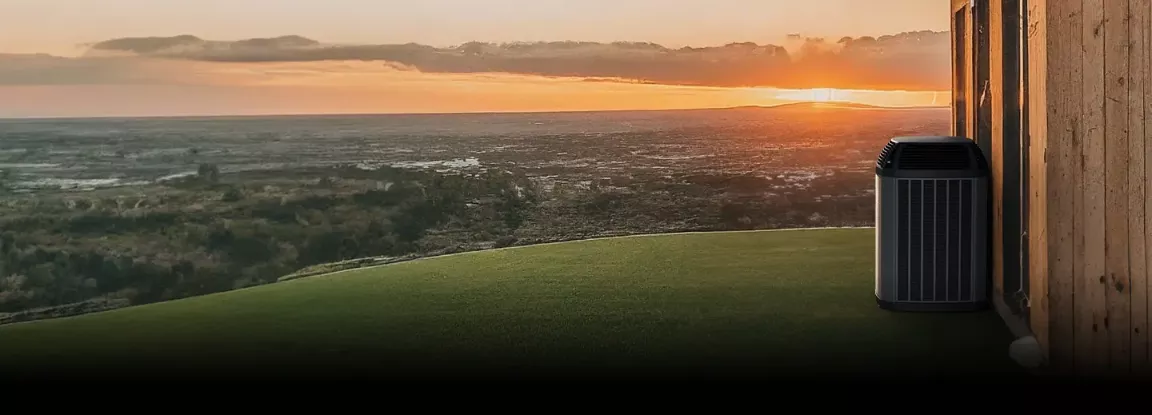
🟪 Bosch: The Climate 5000 mini-split family leans hard into inverter efficiency, and one quiet advantage is avoiding duct losses entirely in the zones you treat. Seasonal performance lives at low speed, where coil temperature and fan cfm stay aligned to peel off latent moisture alongside sensible cooling (latent is moisture removal, sensible is temperature change). On the gas side, BGH96 brings a 96% AFUE furnace for houses that keep ducted heat. Real-world outcomes depend on head sizing and line-set length – get those right and the numbers on paper carry into muggy shoulder seasons without overcooling.

✅ Verdict: Trane delivers premium efficiency through a whole-home ducted path; Bosch reaches similar savings by minimizing distribution losses with zoned inverter heads and offering a high-AFUE furnace where gas remains king.
Smart Features & Connectivity
🟦 Trane: This is a communicating thermostat ecosystem (the control and equipment share live data so modulation targets comfort rather than simple on-off). Compressor speed, blower cfm, and coil temperature are coordinated, zoning is native, and event logs tell technicians what actually happened before a fault. Stay inside the ecosystem and you keep dehumidify-on-demand, staged airflow during moisture pulls, and clean dual-fuel logic.
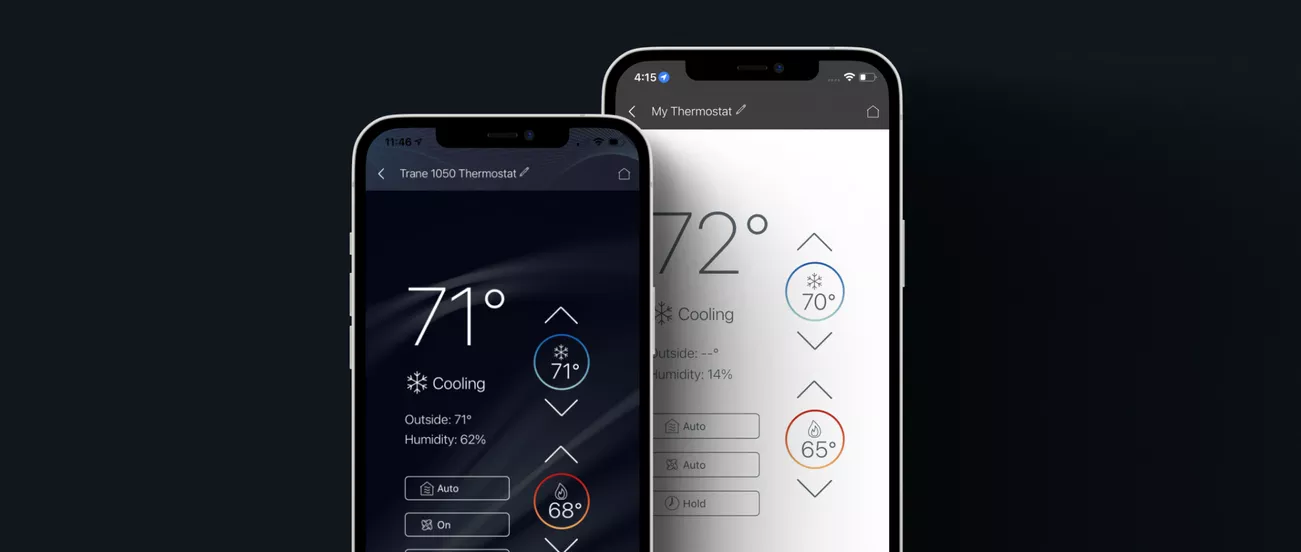
🟪 Bosch: Controls split along the same two paths: ductless Climate 5000 systems use brand remotes and app control for scheduling and setpoints, while BGH96 can be paired with compatible smart thermostats for traditional ducted heat. The benefit to homeowners is simplicity – room units get their own schedules and temperatures, while the furnace remains a familiar thermostat experience. Add-on IAQ is straightforward on the furnace side; on mini-splits, filtration and coil-temperature strategies do most of the day-to-day comfort work.

✅ Verdict: Trane is the single-brain approach that orchestrates a ducted house end to end; Bosch gives each zone its own smart, simple brain and lets the furnace stay, well, a furnace.
Noise Level
🟦 Trane: At everyday loads the XV20i condenser and S9V2-VS blower sit at low rpm, so the sound is a broad hush rather than a tone. The top-discharge fan throws air upward, which reduces reflections off fences and siding in tight setbacks, and the compressor rides on isolators that keep cabinet vibration from telegraphing into the pad. Outdoor loudness is measured in dB (decibels, a logarithmic sound unit), but the more decisive factor is how rarely the inverter needs to sprint. Indoors, calm operation depends on keeping external static pressure in bounds (external static pressure is duct resistance, measured in inches of water column). When returns are generous and filter racks are sealed, ramps are almost imperceptible and registers give a soft exhale rather than a whoosh.
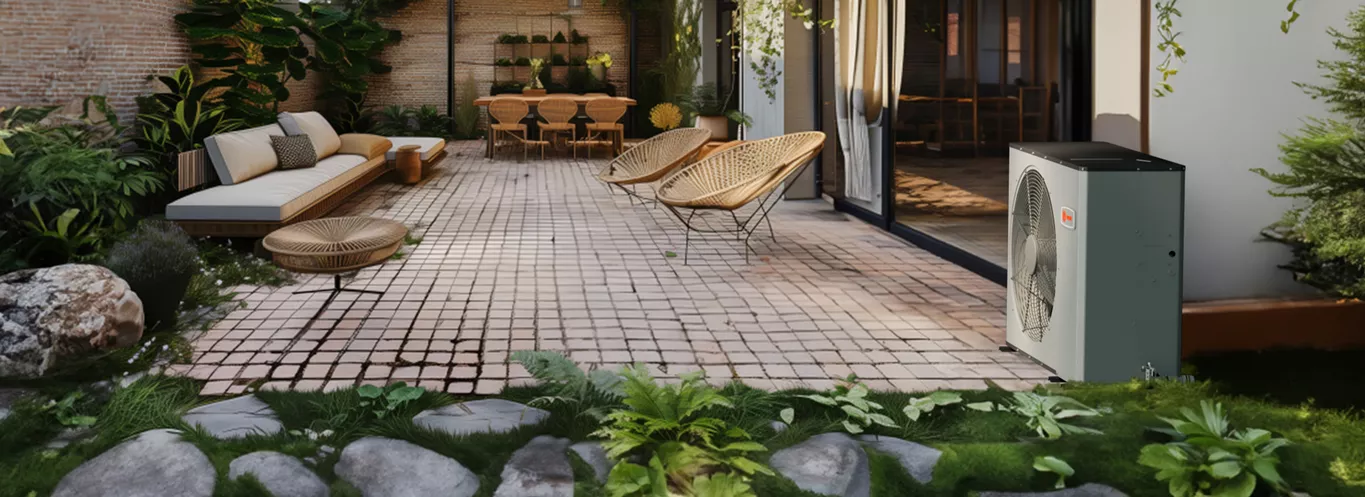
🟪 Bosch: A Climate 5000 mini-split at low capacity is close to invisible outdoors, with a compact fan and inverter that prefer to loiter at modest speed. Because there is no big air handler pushing through long trunks, most of the indoor noise question disappears; each wall cassette or concealed-duct head moves only as much air as that room needs. Proper line-set support and rubber isolation feet stop vibration from riding into framing, and careful placement keeps condenser wash from bouncing off patios or alley walls. On the ducted side, the BGH96 furnace inherits the duct realities of the house, so quiet hinges on return sizing and clean filters just as it does with any central system.
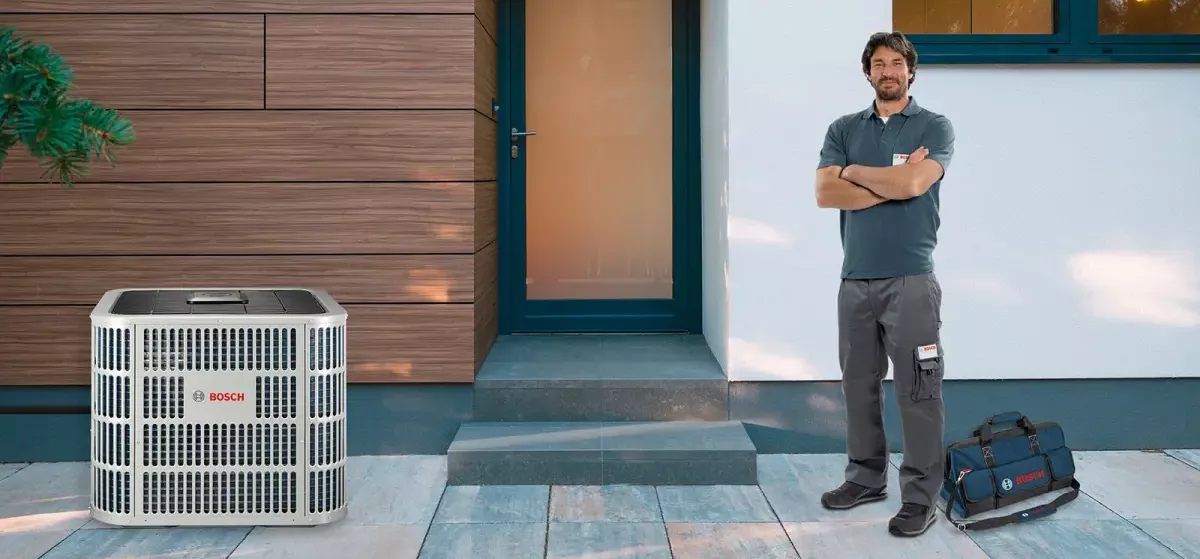
✅ Verdict: Trane is typically the quieter choice in fully ducted homes with tight side yards, while Bosch can be the softest overall when zones are served by mini-splits that never push air through long, noisy trunks.
Cost & Affordability
🟦 Trane: Premium variable-capacity gear lives in premium installed-price territory. Typical installed ranges for a 3-ton reference with standard labor and no duct replacement are: AC only XV20i 11,500 to 20,000 USD, furnace only S9V2-VS 6,000 to 9,500 USD, heat pump only XV20i 12,500 to 22,000 USD. A matched AC plus furnace bundle commonly lands 15,500 to 29,000 USD, and dual-fuel builds often 17,500 to 33,000 USD. Crane access, electrical upgrades, and static-correction duct work add 10 to 25 percent; rebates and off-season promos tug the other way.
🟪 Bosch: Pricing splits by path. For Climate 5000 mini-splits, single-zone 9k to 18k BTU installs frequently price 5,000 to 9,500 USD per zone depending on line-set length and mounting. Two to three zones commonly total 9,500 to 18,000 USD, and four to five zones can span 14,000 to 28,000 USD when multiple heads and long runs are involved. The BGH96 furnace with a standard coil swap typically quotes 4,500 to 8,500 USD installed. Hybrid projects that pair a furnace for core spaces and mini-splits for additions or problem rooms vary widely, but many land near the Trane total while solving specific hot or cold spots without touching ducts.

✅ Verdict: Trane concentrates spend into a single premium ducted system, whereas Bosch lets you sculpt cost by mixing a modestly priced furnace with targeted mini-split zones or by scaling the number of heads to the budget.
Reliability & Durability
🟦 Trane: Outdoor cabinets are rigid and corrosion-resistant, and the coil design sheds debris so condensing temperatures stay sane in heat waves. The control philosophy prefers long, low-stress cycles over hard starts, and the parts pipeline is notably uniform, which helps in July when every day counts. Real longevity still rests on fundamentals: charge verified by superheat and subcool readings (temperature checks confirming the refrigerant is boiling and condensing where it should), airflow near 350 to 400 cfm per ton (target airflow per ton of cooling), and coils kept clean enough to move heat. When those boxes are ticked, 12 to 15 years of low-drama service is a reasonable expectation.

🟪 Bosch: Mini-split hardware benefits from deep inverter heritage and spends most of its life at easy duty cycle, which is mechanically kind. Reliability in practice tends to mirror installer discipline: correct head sizing, tidy flare work or brazed joints, and line sets protected from UV and movement. Replacement boards and sensors are readily available in markets with mature dealer networks; in newer territories, timelines depend on local stocking. The BGH96 furnace is a straightforward 96 percent AFUE platform that rewards clean combustion setup and proper return sizing with long, quiet winters.
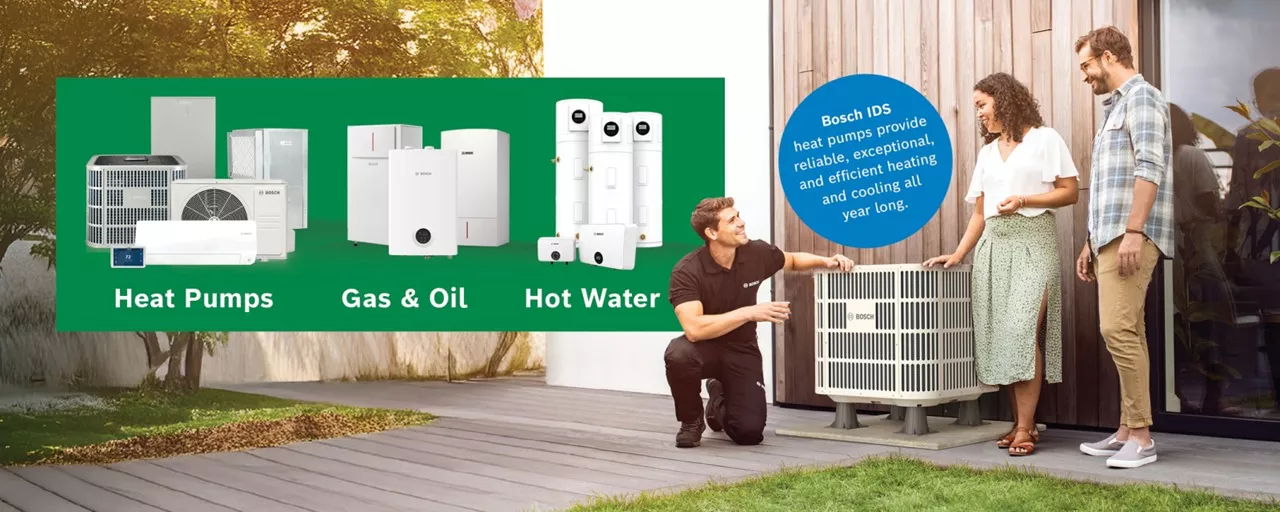
✅ Verdict: Trane earns a practical edge on coast-to-coast parts consistency and repeatable commissioning, while Bosch matches well where the mini-split dealer base is strong and basic installation craft is meticulous.
Cooling Performance
🟦 Trane: Comfort is built around stretching cycles at low power so the evaporator stays just cool enough to handle sensible and latent load together (sensible is temperature change, latent is moisture removal). The controller trims cfm per ton when indoor humidity rises, keeping the coil colder for longer and peeling off moisture without overshooting the thermostat. In a well-sized 2 to 4 ton home, the result is a stable supply-air delta-T across the coil (delta-T is return-to-supply temperature drop) and indoor RH holding near the mid-40s to 50 percent band, even on sticky afternoons. Distant rooms drift less because air keeps moving continuously instead of in bursts.

🟪 Bosch: A mini-split does the same physics but removes the duct losses entirely in the rooms it serves. By parking at very low capacity, the indoor unit keeps its coil right where latent removal is efficient and quietly circulates air for hours, which dries spaces without chilling them. In multi-zone setups the key is sensible zoning – do not tie rooms with very different exposures to the same head – and mindful line-set routing so capacity on paper shows up at the grille. For homes that keep a central furnace, cooling can be handled purely by heads, or by a small ducted coil in core spaces with heads patching difficult rooms.
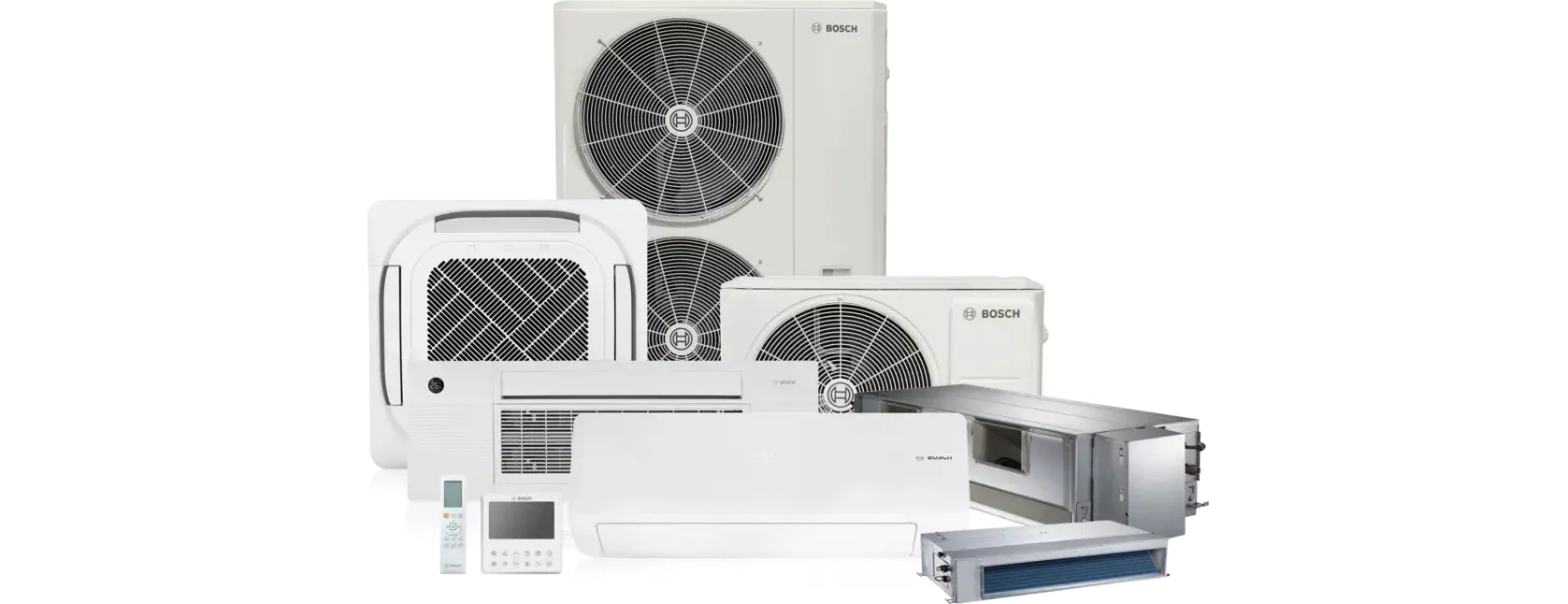
✅ Verdict: Trane is excellent for whole-home, even comfort through the existing ductwork, while Bosch is hard to beat when targeted rooms need superior dehumidification and steady airflow without the penalty of long ducts.
Heating Performance
🟦 Trane: In practice, the S9V2-VS carries most winter hours on low stage with a variable ECM blower that nudges airflow rather than jumping, so rooms warm evenly and stay there. When paired with the XV20i heat pump, shoulder-season heat is handled at low compressor speed and defrost cycles are timed to minimize cool-air drafts at the registers. Dual-fuel programming is built around a configurable balance point (the outdoor temperature where gas becomes the better choice for cost or comfort), and the heat pump’s winter efficiency is reflected in HSPF2 (the seasonal heating metric for heat pumps). The feel is steady, quiet, and predictable across mixed climates.
🟪 Bosch: A Climate 5000 mini-split heats rooms directly, so there is no duct heat loss and each zone can hold its own setpoint during long, quiet low-speed cycles. Capacity holds up well at modest winter temps, and defrost logic is gentle when heads are sized correctly and line sets are kept tidy; add the BGH96 furnace where gas heat is preferred for whole-home coverage in deeper cold. The combination lets you keep main areas warm on the furnace while zoned heads take care of additions, bonus rooms, or basements without overheating the rest of the house.
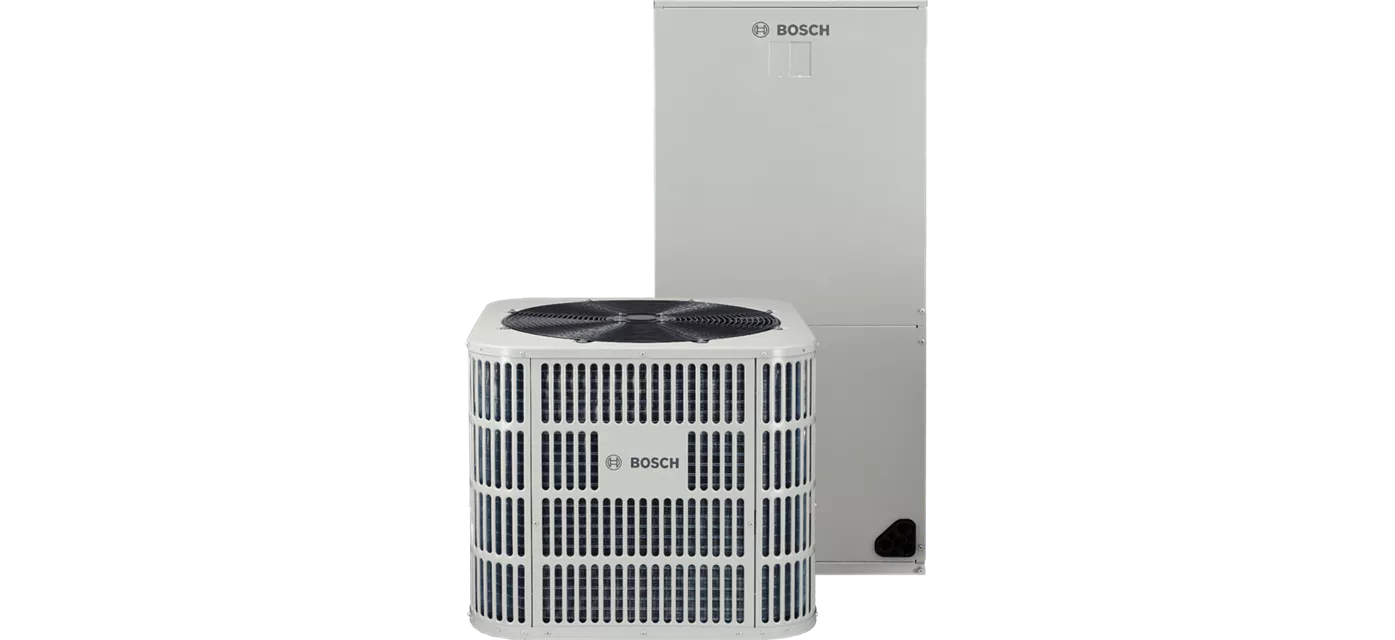
✅ Verdict: Trane is the safer whole-home answer for dual-fuel and mixed climates, while Bosch shines when zoned, room-by-room electric heat solves uneven spaces efficiently.
Indoor Air-Quality Enhancements
🟦 Trane: Filtration, humidity, and ventilation live under one control. High-MERV media cabinets are native (MERV rates how small a particle a filter can capture), whole-home humidifiers and dehumidifiers coordinate with blower speed, and fresh air can be balanced through ERV/HRV modules (ERV/HRV bring in outdoor air while exchanging heat or moisture). During sticky weather the controller trims cfm per ton (airflow per ton of cooling) so the coil runs a little colder to pull moisture without overcooling rooms, and the communicating thermostat logs IAQ run time for cleaner seasonal tune-ups.
🟪 Bosch: IAQ lives in two lanes. On the furnace side, the BGH96 works with deep media filters, UV or electronic cleaners, and ERV/HRV kits like any ducted system. On the ductless side, mini-splits rely on efficient coils and onboard filtration at the head; there is no long duct run collecting dust, but you do not get the same whole-home media cabinet unless a separate ventilator is added. The payoff is simple: zones feel clean and dry because each head controls its own airflow and coil temperature, while the furnace can handle centralized filtration for the rest of the house.
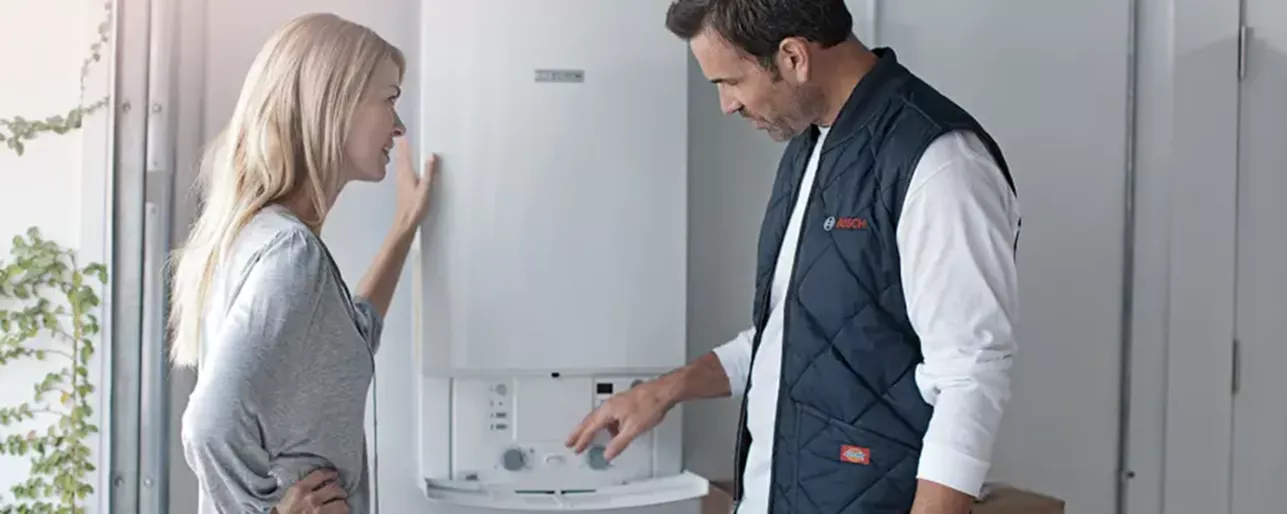
✅ Verdict: Trane offers one-umbrella IAQ orchestration for fully ducted homes, whereas Bosch splits the task – strong, conventional IAQ with the furnace and targeted cleanliness via the mini-split heads.
Installation & Serviceability
🟦 Trane: Best results start with Manual J load, Manual S selection, and Manual D duct design, then move to commissioning that verifies airflow and refrigerant charge. Targets are 350–400 cfm per ton, total external static pressure at or below equipment ratings, a nitrogen pressure test, deep evacuation, and charge confirmed by superheat and subcool readings (superheat and subcool verify the refrigerant is boiling and condensing in the right places). The communicating thermostat stores fault histories and live data for coil, compressor, and blower, so technicians can validate coil delta-T (return-to-supply temperature drop) quickly and fix causes rather than symptoms.

🟪 Bosch: Mini-split success hinges on clean craft: correct head sizing, tight flare or brazed joints, proper condensate routing, line-set support that avoids vibration, and an evacuation deep enough to remove moisture from the circuit. Place outdoor units where airflow is clear and snow load is manageable, and keep heads off problem walls to prevent drafts. The BGH96 furnace follows familiar ducted rules – return sizing, sealed filter racks, combustion setup – and service is straightforward when the local distributor stocks common boards, sensors, and remotes for both sides of the portfolio.

✅ Verdict: Trane brings a uniform ducted playbook with rich diagnostics; Bosch rewards careful zoning and line-set craftsmanship, with the furnace providing a conventional service path when you need it.
Quick Buyer Match Guide
🟦🟦 Choose Trane if you
Your home is fully ducted, you want quiet dual-fuel behavior that feels the same in January as it did on day one, and you value a communicating control that keeps IAQ, humidity, and staging aligned without tinkering.
🟪🟪 Choose Bosch if you
Parts of your home are hard to condition with ducts, you want to target additions or upper floors with ultra-quiet inverter heads, and you like the option to keep a simple, efficient gas furnace for the core spaces.
Conclusion
Both routes deliver premium comfort and real efficiency, but they solve different problems. Trane is a cohesive, end-to-end ducted ecosystem that excels at stable low-speed operation, clean dual-fuel handoffs, and one-control IAQ coordination. Bosch is a flexible toolkit: mini-split zones that erase duct losses where you need them, plus a straightforward 96 percent furnace for broad winter coverage. If your ducts are sound and you want a single system that just hums along, go with Trane. If the house needs surgical fixes in specific rooms without tearing into ductwork, lean Bosch and zone your way to comfort.

